
Can You Wear Headphones With Earrings Comfortably
Can you wear headphones with earrings? Yes—you can, if you pair the right earrings with the right headphones. Opt for low‑profile studs or short huggies for over‑ears and on‑ears, and avoid large hoops or long drops. For stylish, durable options that stay comfortable under headphones, check out Atolea’s waterproof earrings. Be sure to map pressure points, align posts horizontally, and adjust headband tension so the cups seal without pinching. Secure backs, face hoops forward, and route cables behind your neck to prevent snags and noise. Keep ears and gear clean, and stop if you feel pain or swelling. Next, you’ll learn the exact techniques and adjustments.
Matching Earring Styles to Headphone Types
A snug headband and a dangling hoop don’t always play nicely, so match your earrings to your headphones with comfort and safety in mind.
Start by aligning earring materials and profiles with headphone designs. With over-ears, choose low-profile studs or short huggies; smooth titanium or surgical steel minimizes snags and irritation. Avoid large hoops and long drops that can catch on pads or yokes.
For on-ears, keep earrings flush to the lobe and lightweight; matte finishes reduce friction against cushions.
With in-ears, you’ve got more freedom, but steer clear of bulky cuffs that might crowd the concha. If you wear cartilage pieces, pair them with flexible headbands and deeper earcups.
Prioritize secure closures—threaded posts or locking backs—to prevent accidental pulls.
Preventing Pressure Points and Pinching
With earring style matched to your headphone type, focus on eliminating hot spots.
Start by mapping contact points: lobes, helix, and tragus. Set band tension so cups seal without crushing. If you wear studs, align posts horizontally; rotate hoops so the hinge sits outside pad pressure. Choose soft earring materials—medical‑grade titanium or niobium—to reduce friction and swelling.
Test different headphone designs. On‑ear pads need smaller earrings positioned low; over‑ear cups tolerate slightly larger pieces if they sit outside the cushion ring. For IEMs, use short, low‑profile studs to keep the concha clear.
Adjust pad height and swivel to distribute force evenly. Take a 10‑minute break every hour; check for redness, numbness, or throbbing. If symptoms persist, stop and reconfigure.
Avoiding Snags, Tangles, and Noise Artifacts
Before you press play, secure anything that can catch. Choose earrings with closed loops or snug backs; avoid open hooks that invite snags.
Use snag prevention techniques: tape down loose hair near the lobes, slide silicone earring backs tight, and orient hoops so openings face forward. Route cables behind your neck and under a collar to minimize drag and accidental tugs. Prefer tangle free designs, such as flat cables or wireless models with smooth hinge points, to keep hardware from winding around earrings.
Control noise artifacts by eliminating contact points. Ascertain cups or tips don’t touch metal; a millimeter of clearance prevents clinks and microphonics. Stabilize headband and yokes before moving.
If you must remove headphones, lift straight up, then out, to avoid catching.
Quick Adjustments for All-Day Comfort
Even small tweaks keep pressure off your lobes and prevent earring interference over long sessions. Start by aligning your earlobes in the center of the ear pads; don’t let hoops or studs sit under the clamp line.
Reduce headband tension one click at a time until seal and stability remain without pinching. Shift cups slightly forward or back to clear posts. With on-ears, rotate pads so the softest edge meets the jewelry.
Match adjustments to earring materials and headphone design. Lightweight titanium or acrylic pieces tolerate closer fits; heavier metals need looser clamp and deeper pads.
Opt for thicker cushions, oval pads, or swivel yokes to redirect force. For earbuds, rotate the stem downward, choose smaller tips, and seat shallowly to bypass lobe hardware.
Reassess fit hourly.
Care, Hygiene, and Safety Tips for Ears and Gear
Comfort tweaks only go so far; keeping ears and gear clean and safe prevents irritation, infection, and hardware damage.
Prioritize ear hygiene: wash hands before touching earrings, cleanse lobes and cartilage with mild soap, and dry thoroughly. Disinfect earring posts weekly with 70% isopropyl alcohol; avoid harsh antiseptics that delay healing on fresh piercings. If a piercing is new or tender, skip over-ear clamping and use loose, sanitized earbuds.
For gear maintenance, wipe pads, tips, and headbands after each session with alcohol wipes safe for electronics; deep-clean silicone tips in warm soapy water, then air-dry.
Replace torn pads and ear tips promptly. Manage moisture: don’t share headphones, rotate pairs to let cushions dry, and store in a ventilated case.
Stop use at any sign of swelling, discharge, or pain.
Frequently Asked Questions
Are There Specific Headphone Brands Designed for Earring Wearers?
Yes. You’ll find brands emphasizing comfort for earring wearers. Prioritize headphone styles with shallow earcups, soft memory-foam pads, and adjustable clamp force. Match designs to your earring types; avoid pressure on hoops, use on-ear for studs, and verify return policies.
Do Certain Metals Interfere With Bluetooth or Wireless Signals?
Yes, most earring metals won’t disrupt Bluetooth, but large, highly conductive pieces can cause minor signal interference. Prioritize non-magnetic metals, minimize bulk near antennas, and position earbuds properly. Test in low-interference areas to isolate issues from metal conductivity.
Can Ear Cuffs or Climbers Affect Headphone Sound Quality?
Yes. Poor ear cuff design can break the seal, reducing sound isolation and bass. You’ll prevent issues by choosing slim profiles, positioning cuffs away from pads, avoiding sharp edges, and testing fit at moderate volume to protect hearing and fidelity.
Are Open-Back Headphones Better for Pierced Ears?
Yes, open-back headphones often suit pierced ears better. You’ll reduce clamp pressure and heat, protecting healing tissue. Match headphone styles to earring types: studs with over-ears, hoops with on-ears, dangly pieces with light open-back models. Always clean, adjust, pause.
How Do Earrings Impact Headphone Fit During Workouts?
Earrings affect headphone fit by adding pressure points and snag risks. Choose earring types like flat studs or hoops with smooth closures. Match workout preferences: secure over-ears for low-impact, sweatproof earbuds for high-intensity. Adjust band tension, clean posts, and pause if irritated.
Conclusion
Yes, you can wear headphones with earrings comfortably—if you choose smart pairings, set your fit precisely, and stay proactive about safety. Match earring styles to over-ear, on-ear, or in-ear designs. Eliminate pressure points, avoid snagging, and manage cable or hair noise. Make micro-adjustments during long sessions. Clean earrings, ears, and pads regularly, and pause if you feel heat, soreness, or numbness. With deliberate technique and hygiene, you’ll protect your ears and gear while listening comfortably all day.


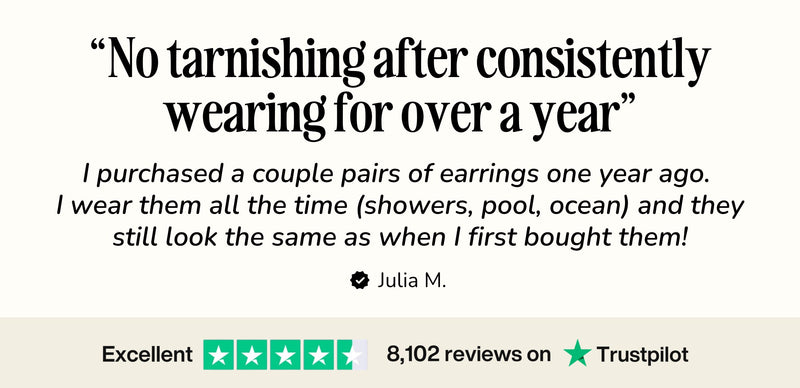




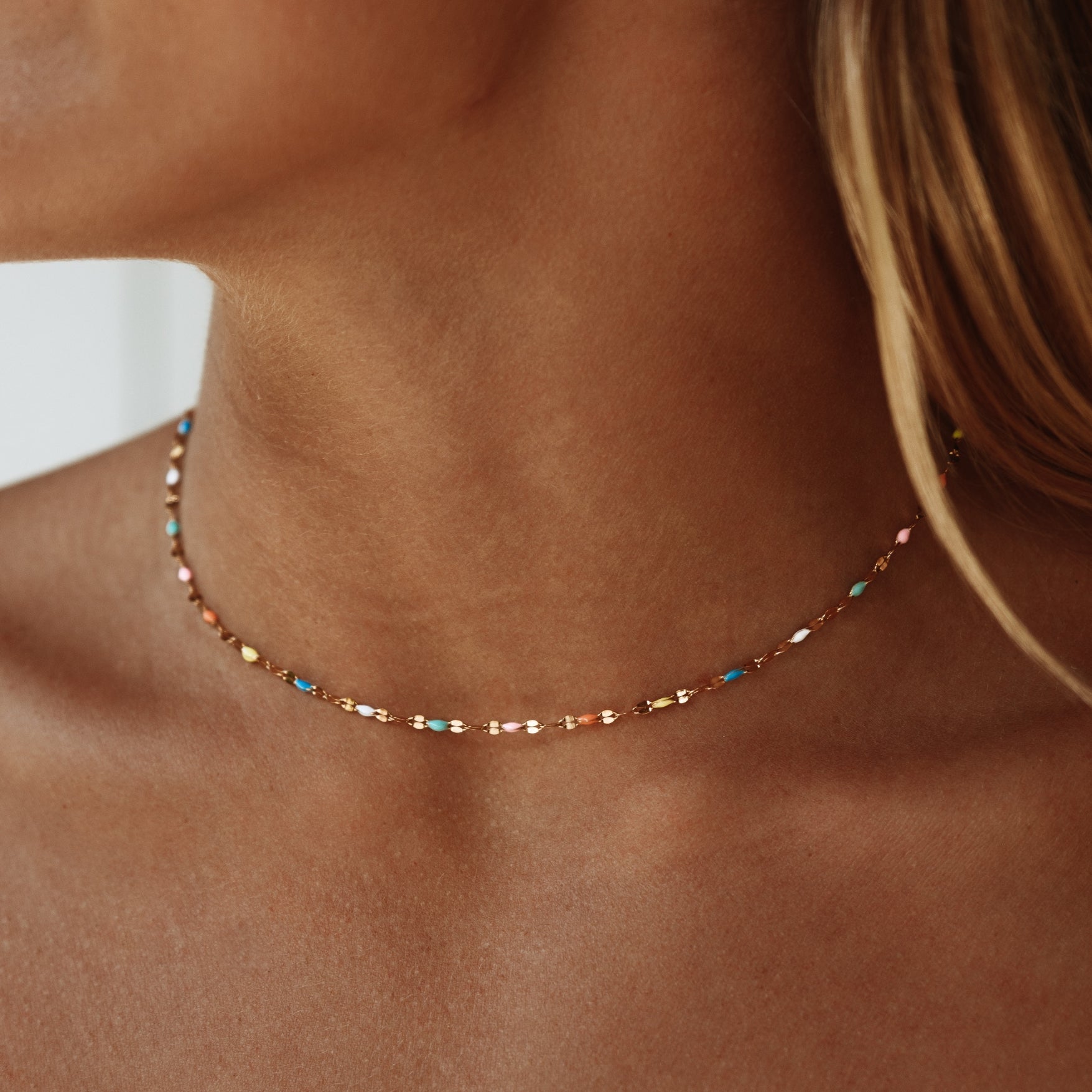
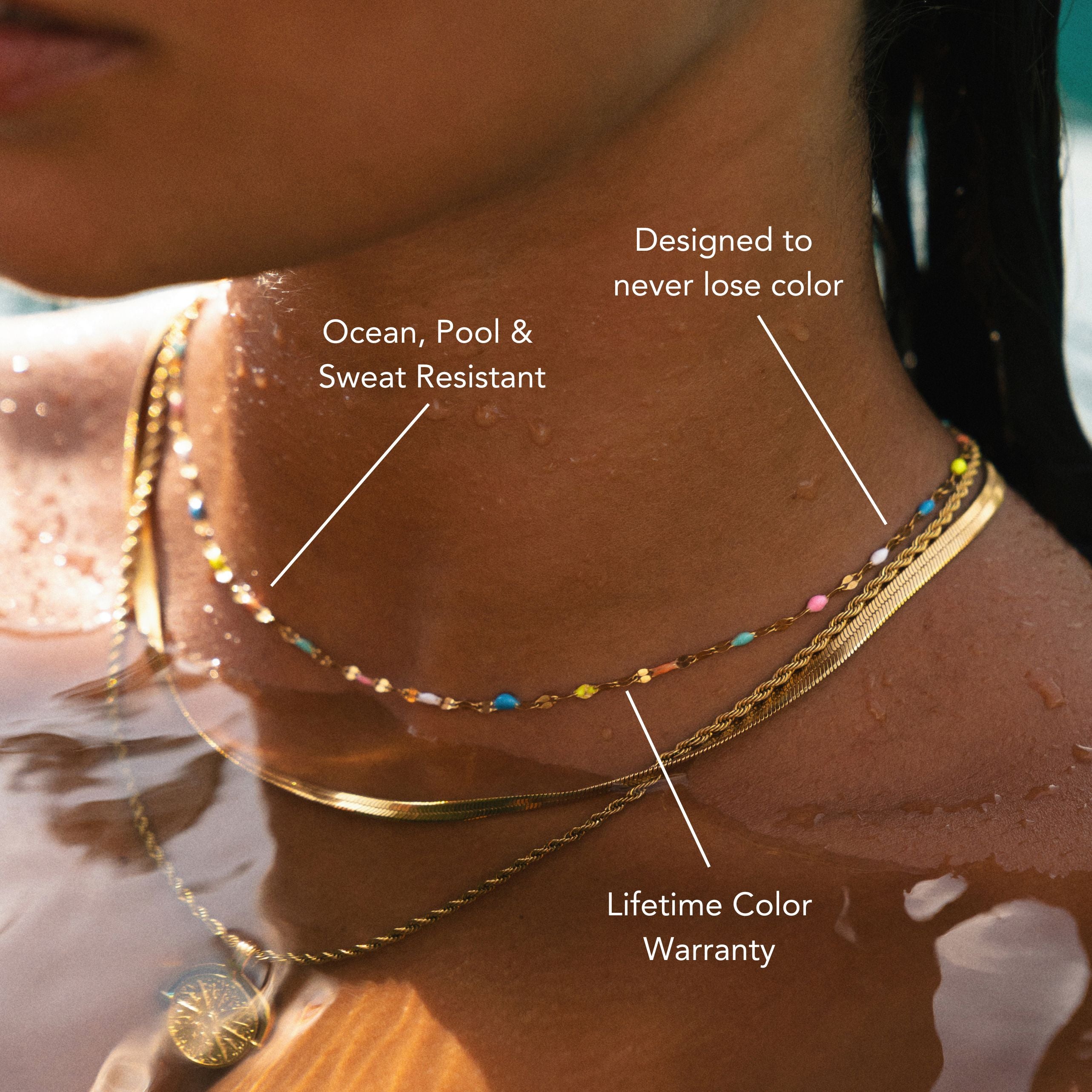
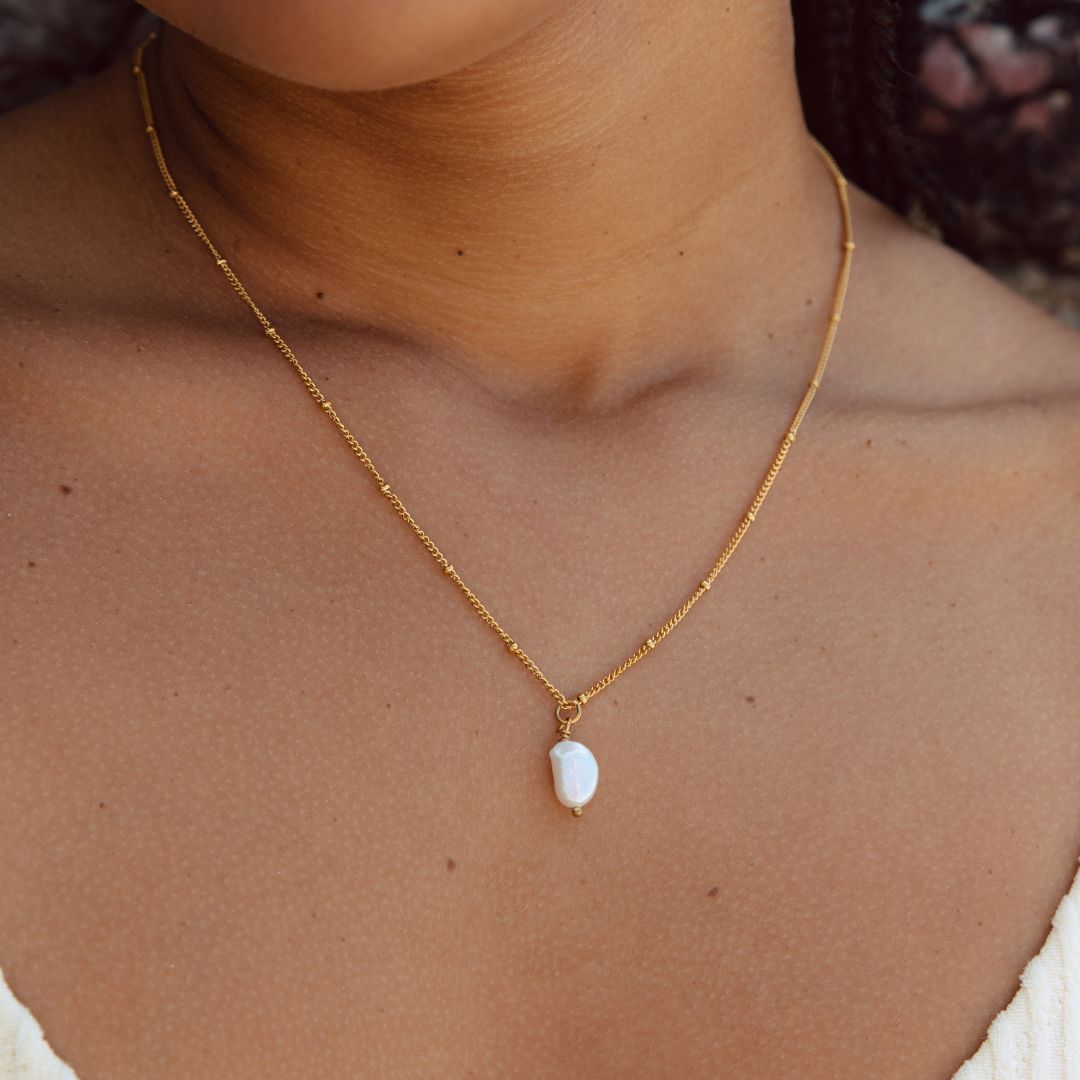
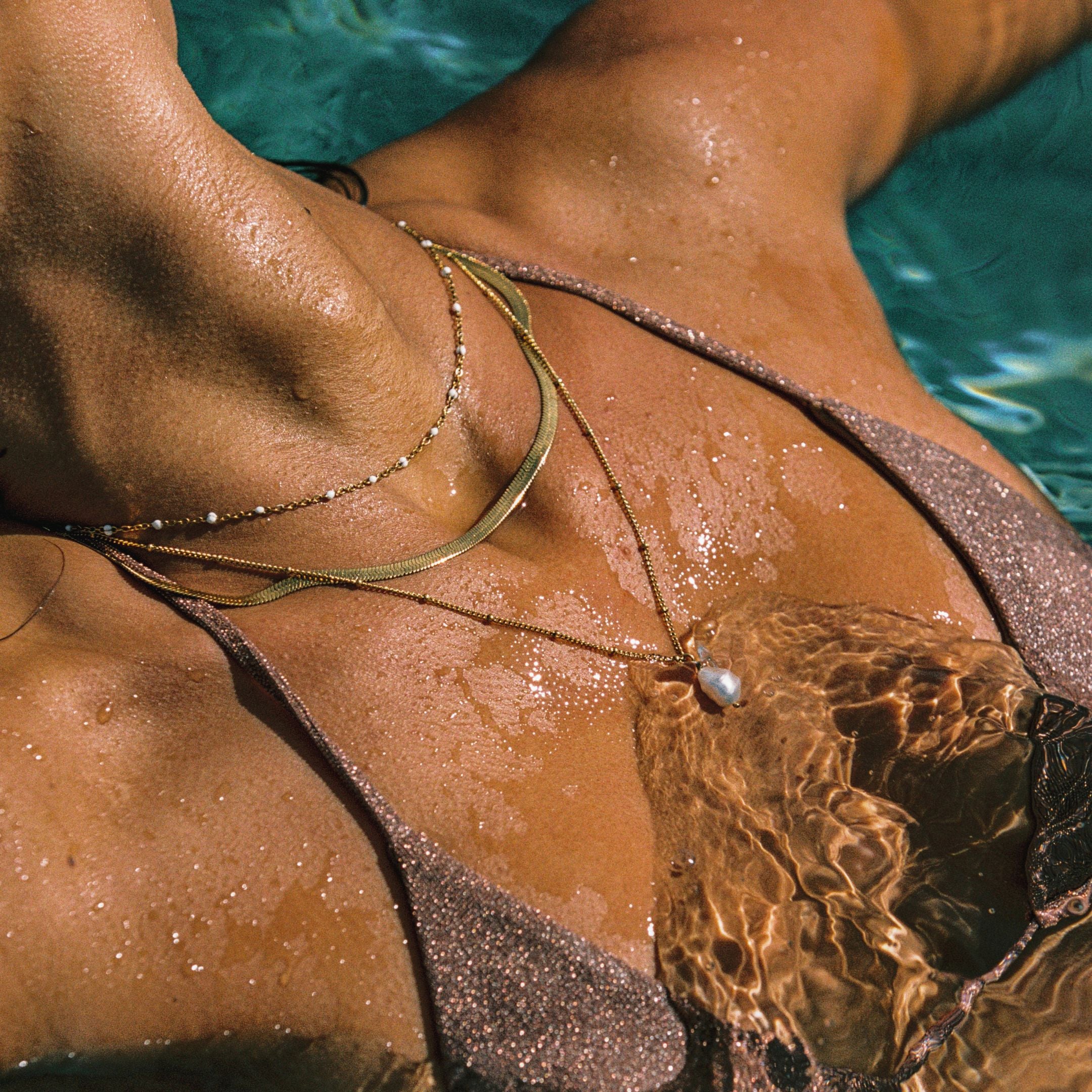
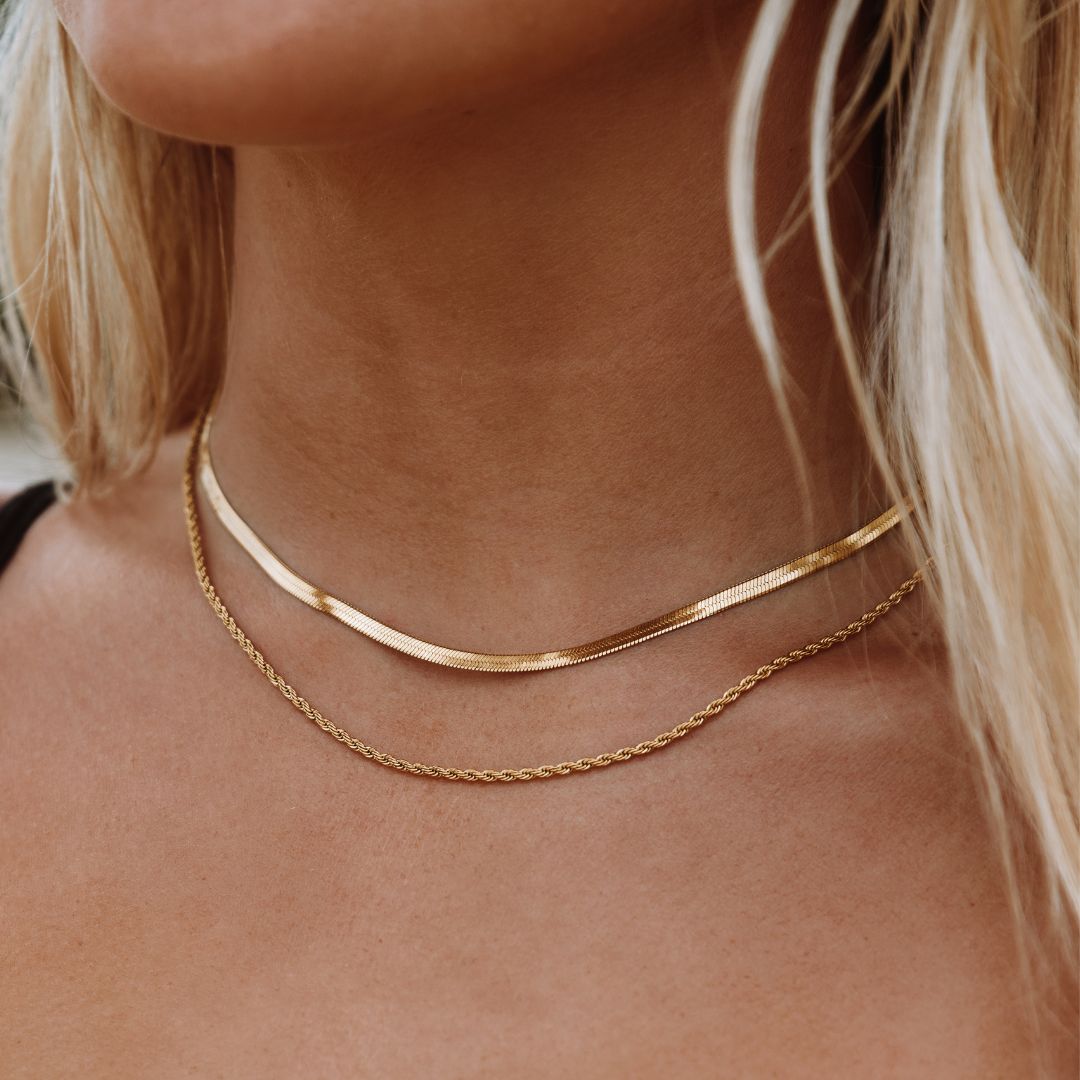
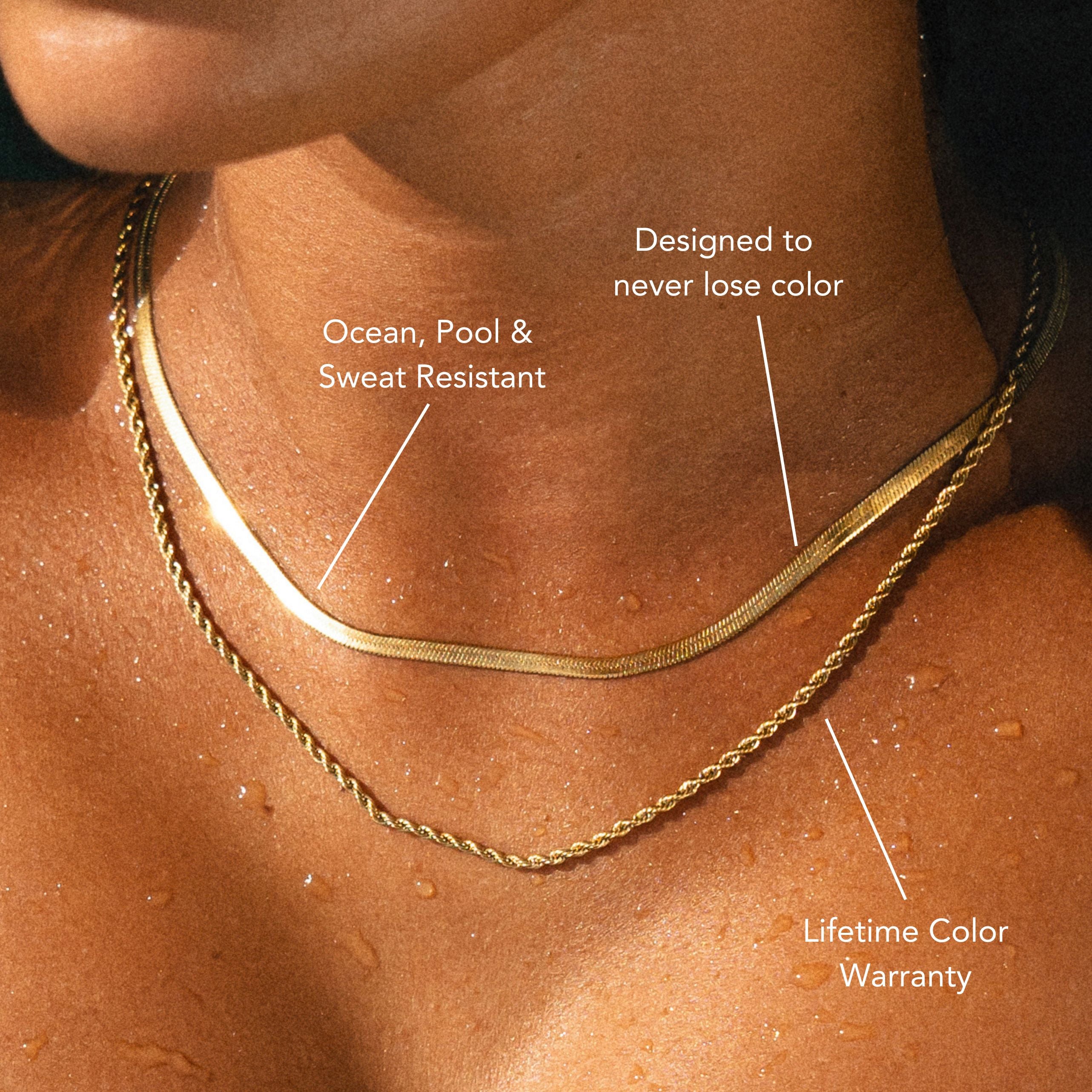
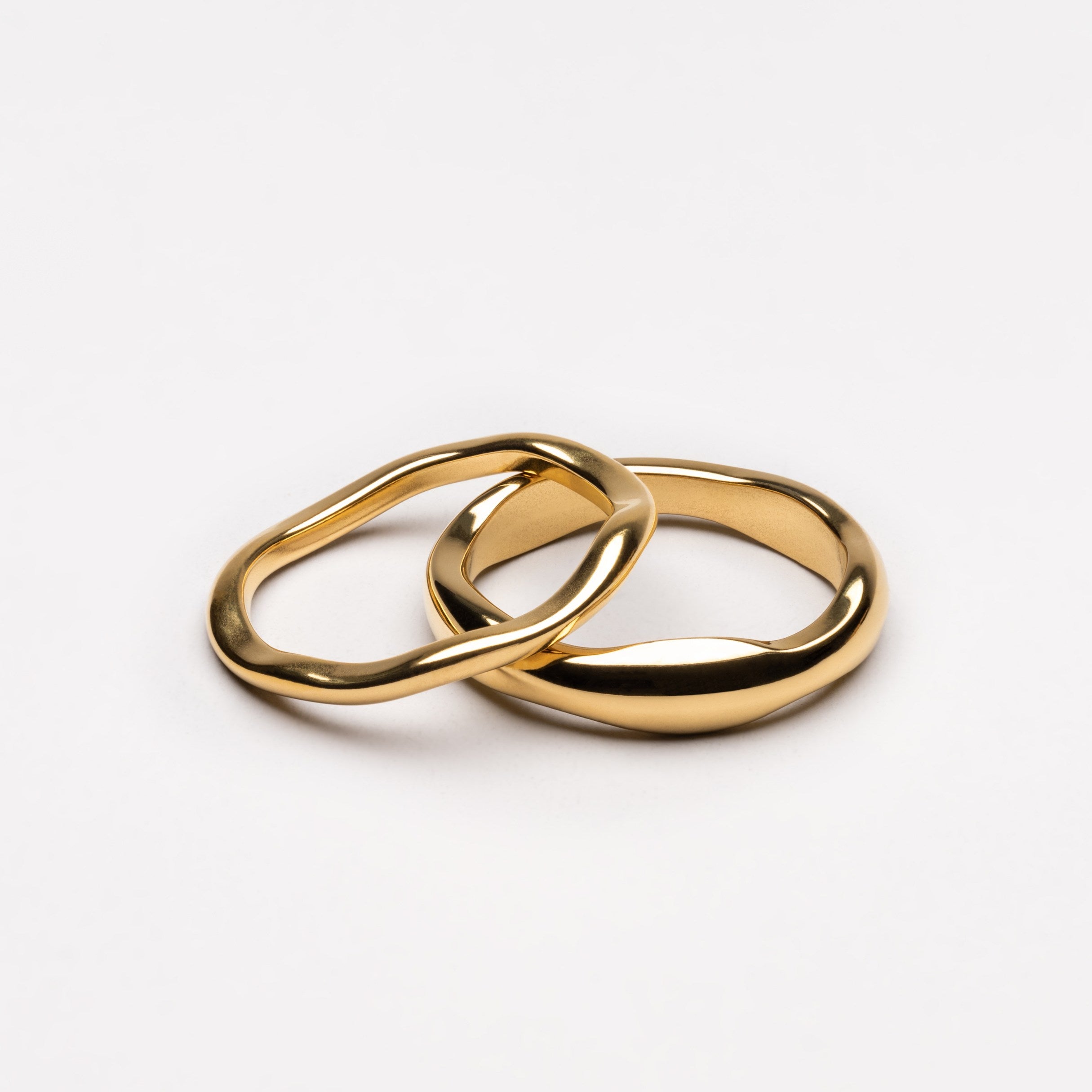

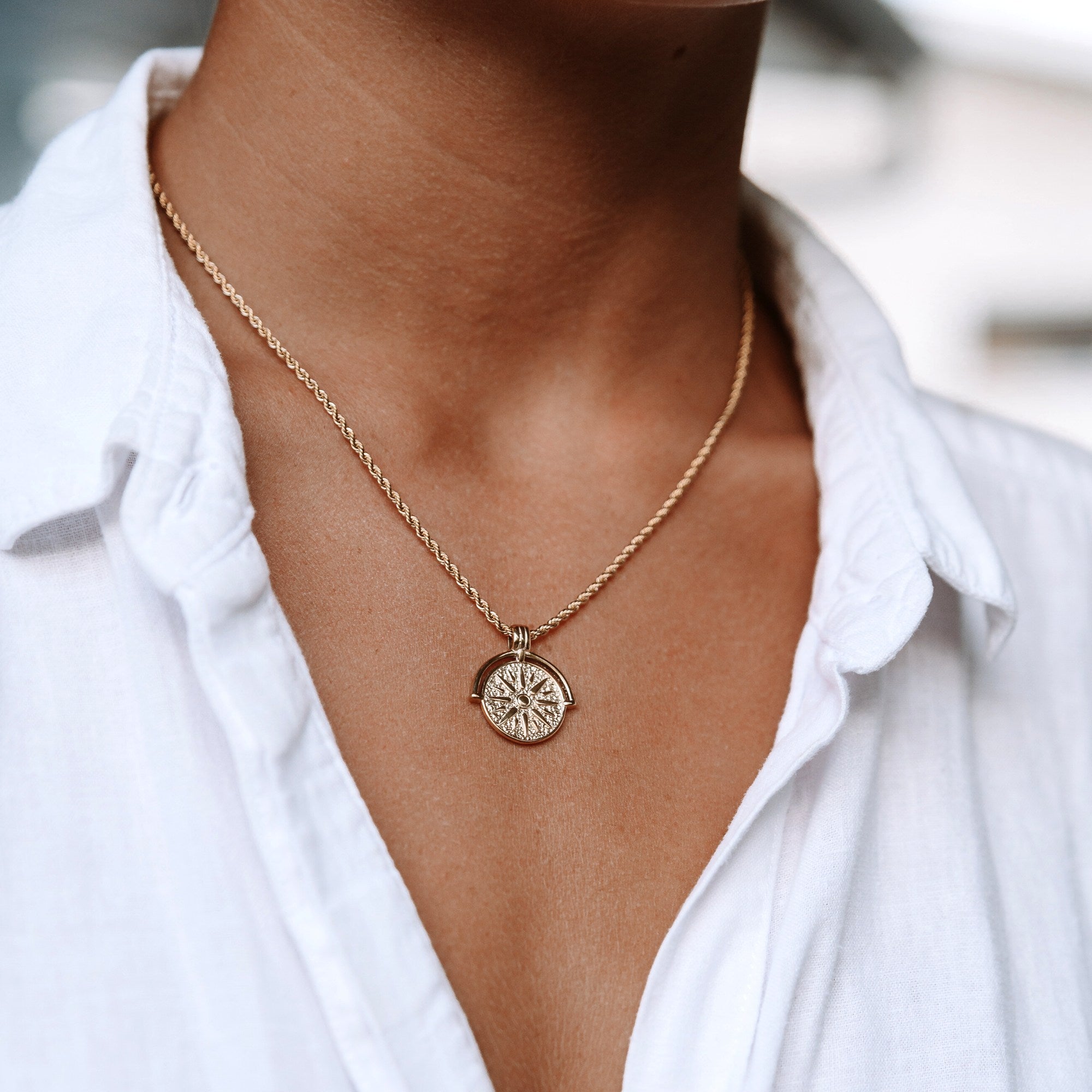
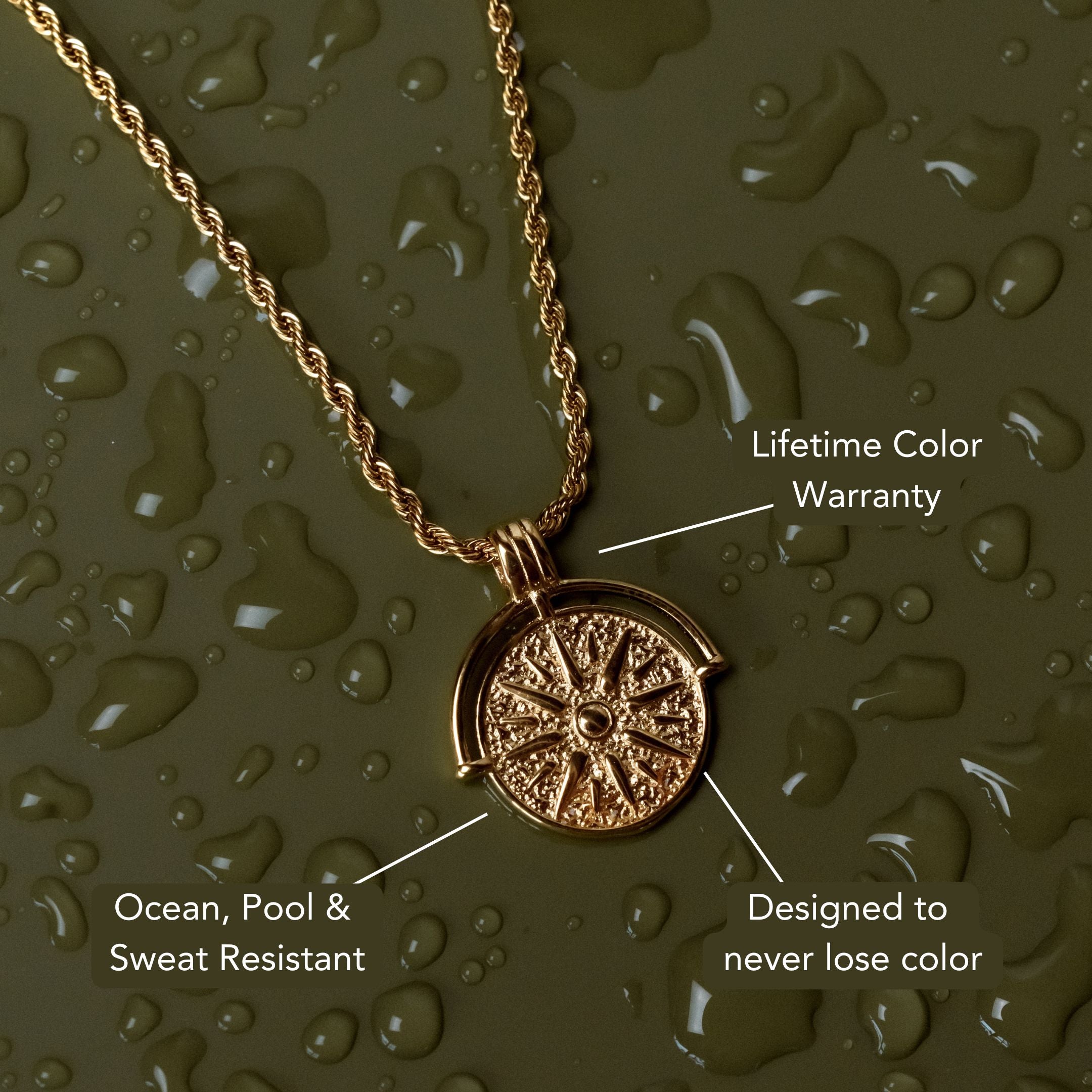
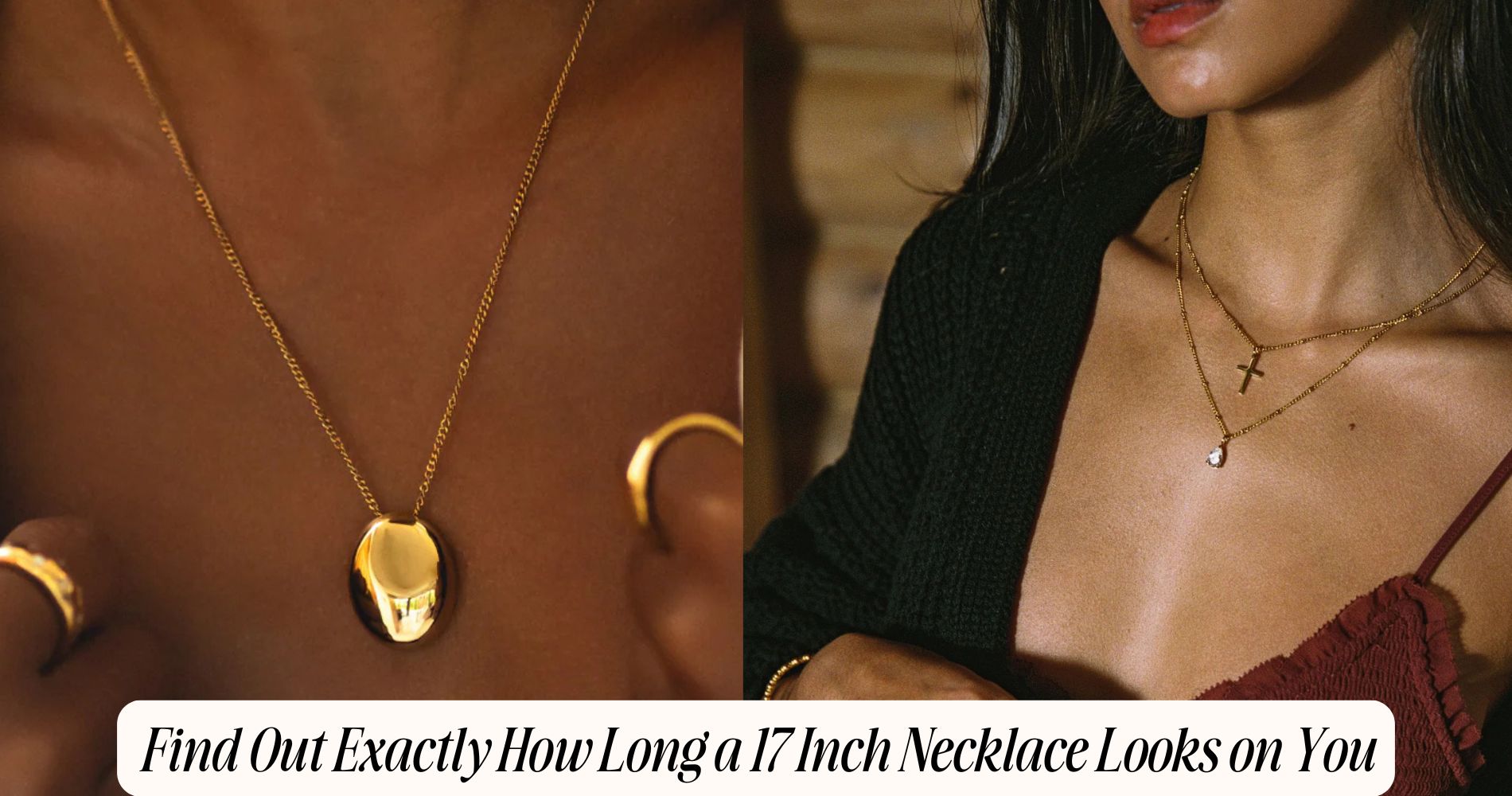





コメントを書く
このサイトはhCaptchaによって保護されており、hCaptchaプライバシーポリシーおよび利用規約が適用されます。